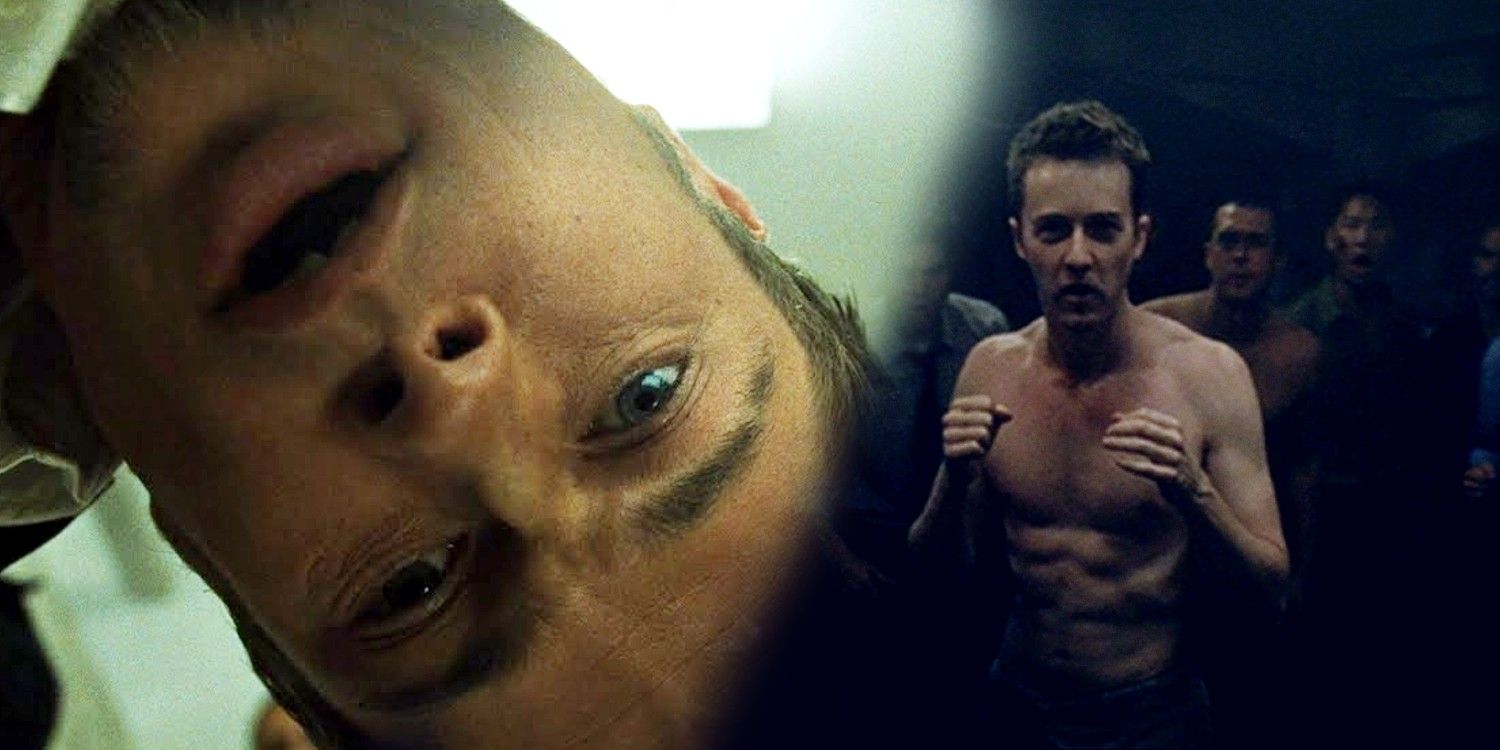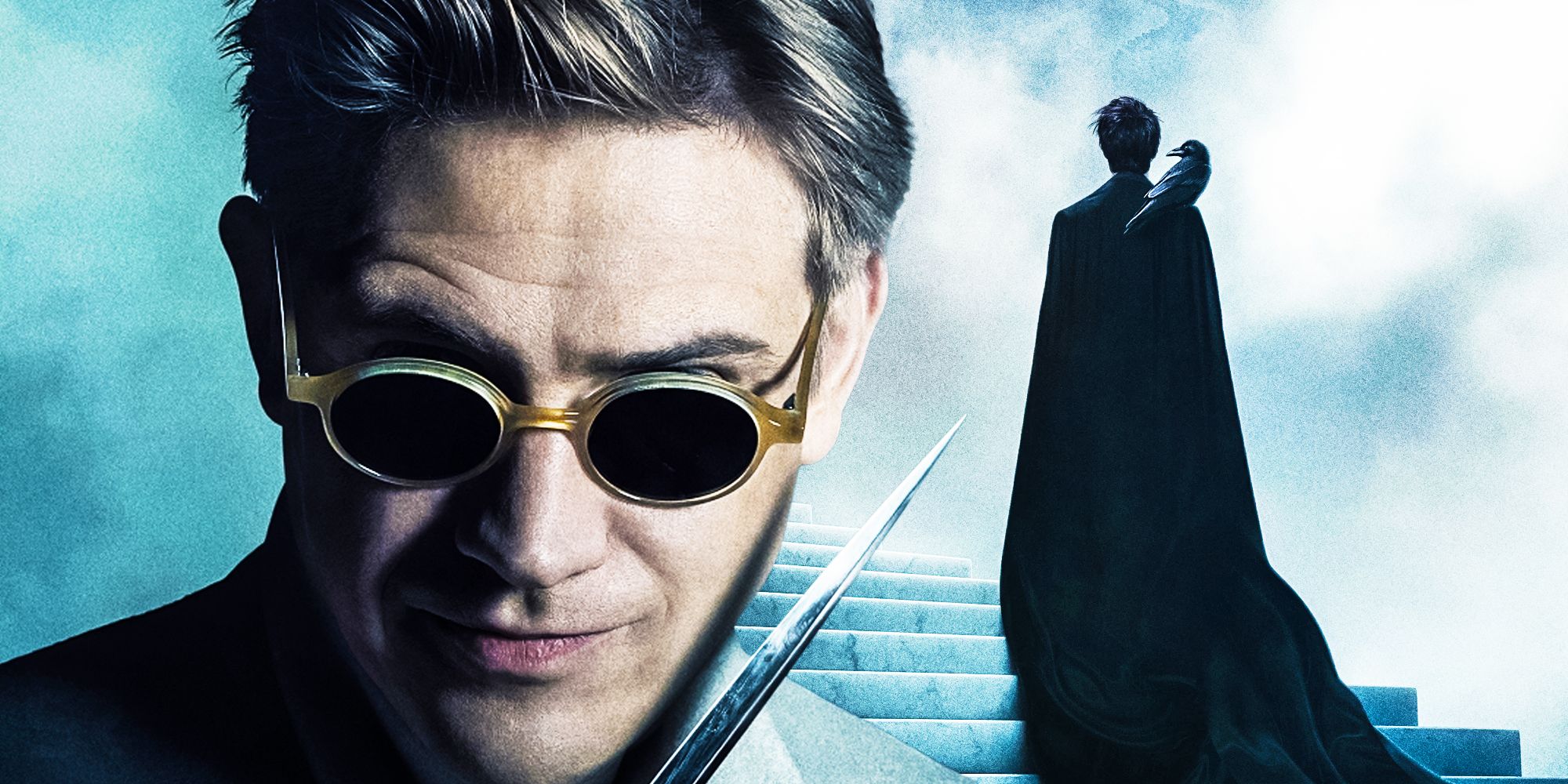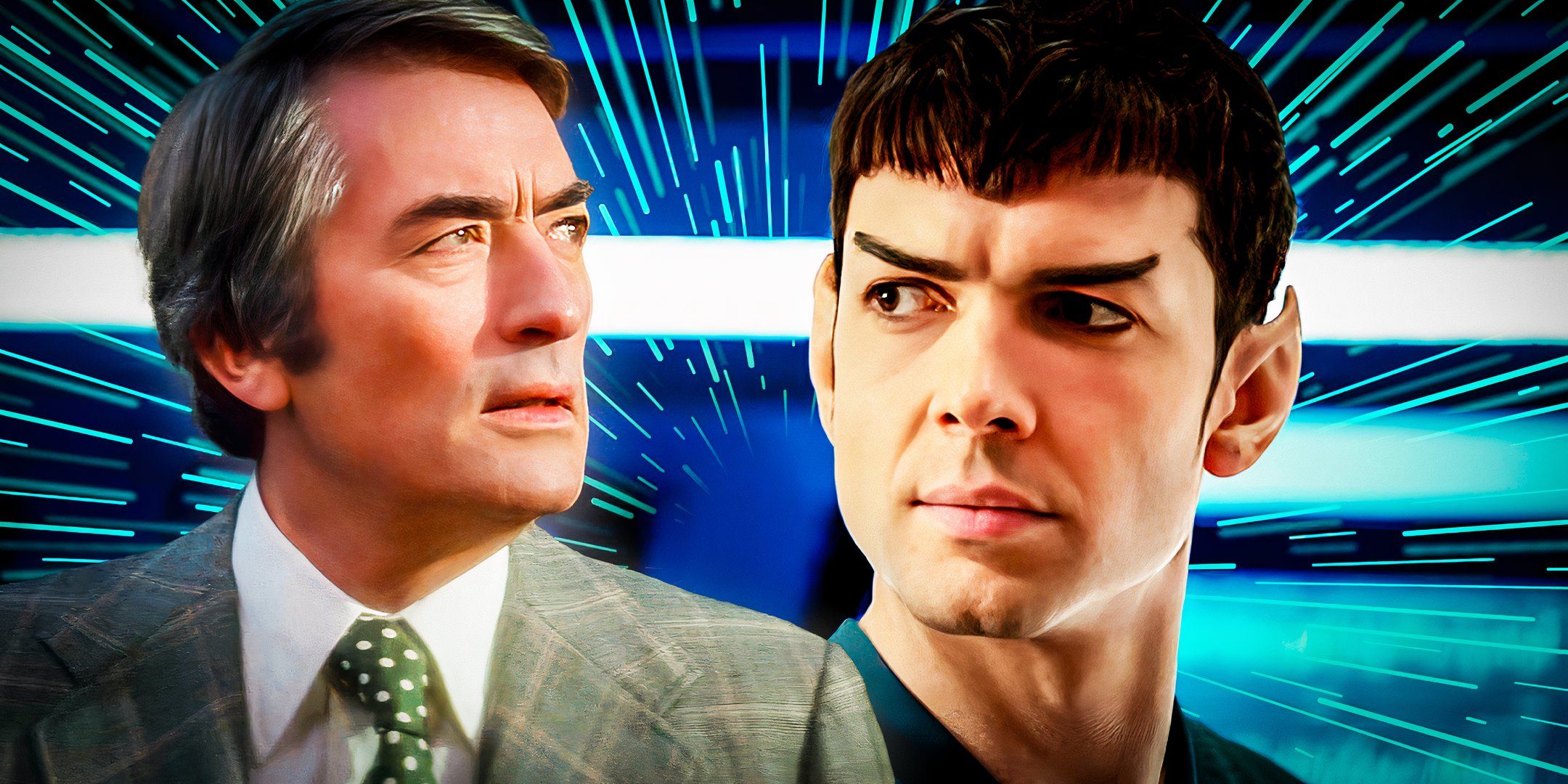With his meticulously crafted storylines and breathtaking IMAX visuals, Christopher Nolan is one of the most revered and critically acclaimed filmmakers working today. Everything he touches – whether it’s a nonlinear thriller or a Batman franchise reboot or a World War II epic or a heist movie set in the dreamscape – turns to gold.
Incorporating as many practical effects as possible and wowing moviegoers with mind-boggling spectacle, Nolan’s unique visual style is the result of a long line of cinematic influences, ranging from Stanley Kubrick to Michael Mann. So, here are 10 movies that have influenced the work of Christopher Nolan.
Blade Runner (1982)
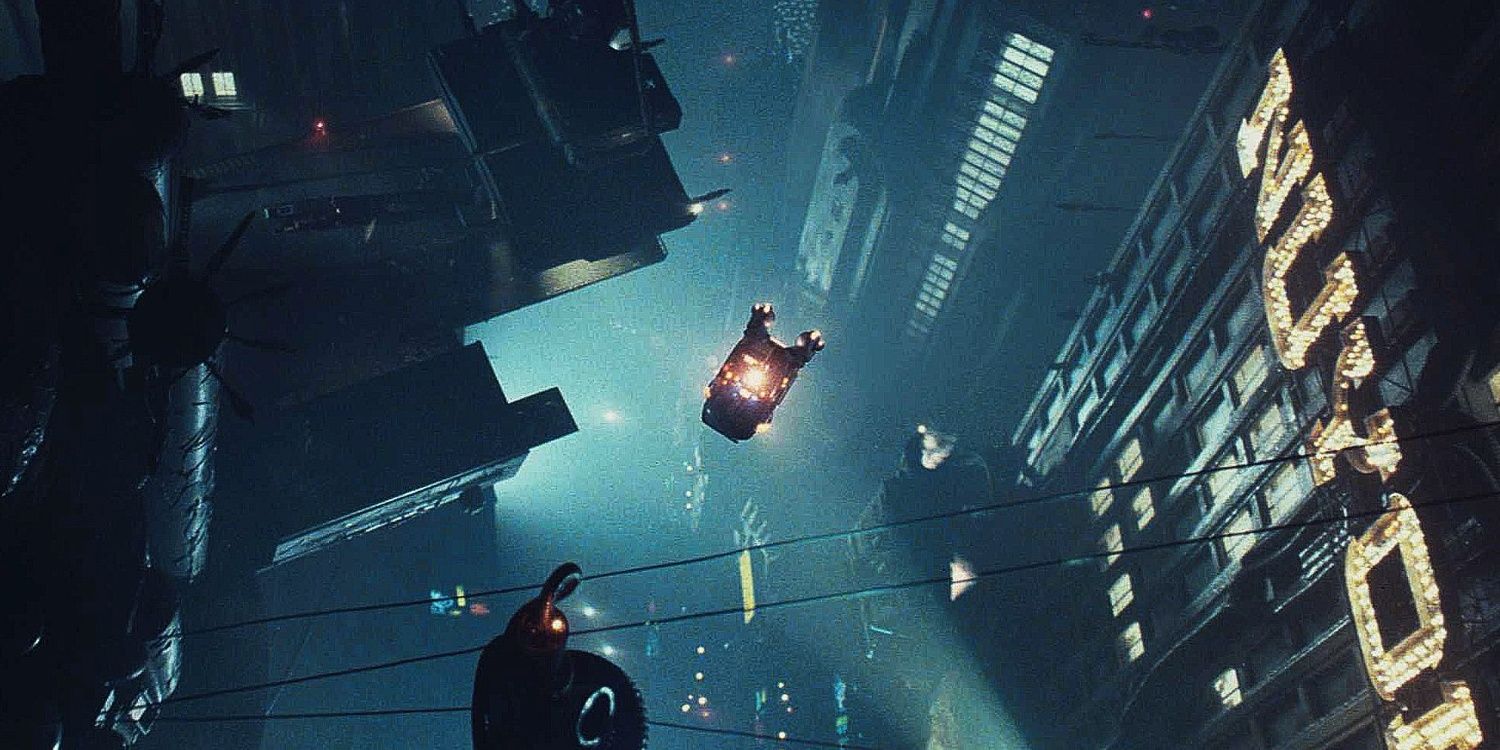
Nolan has said that he has “always been a huge fan” of Ridley Scott’s work and that the director’s futuristic neo-noir Blade Runner “just blew me away, because [it] created these extraordinary worlds that were just completely immersive.”
When he was naming the influences that formed Interstellar’s aesthetic, Nolan mentioned Blade Runner as a key visual reference point.
The Spy Who Loved Me (1977)
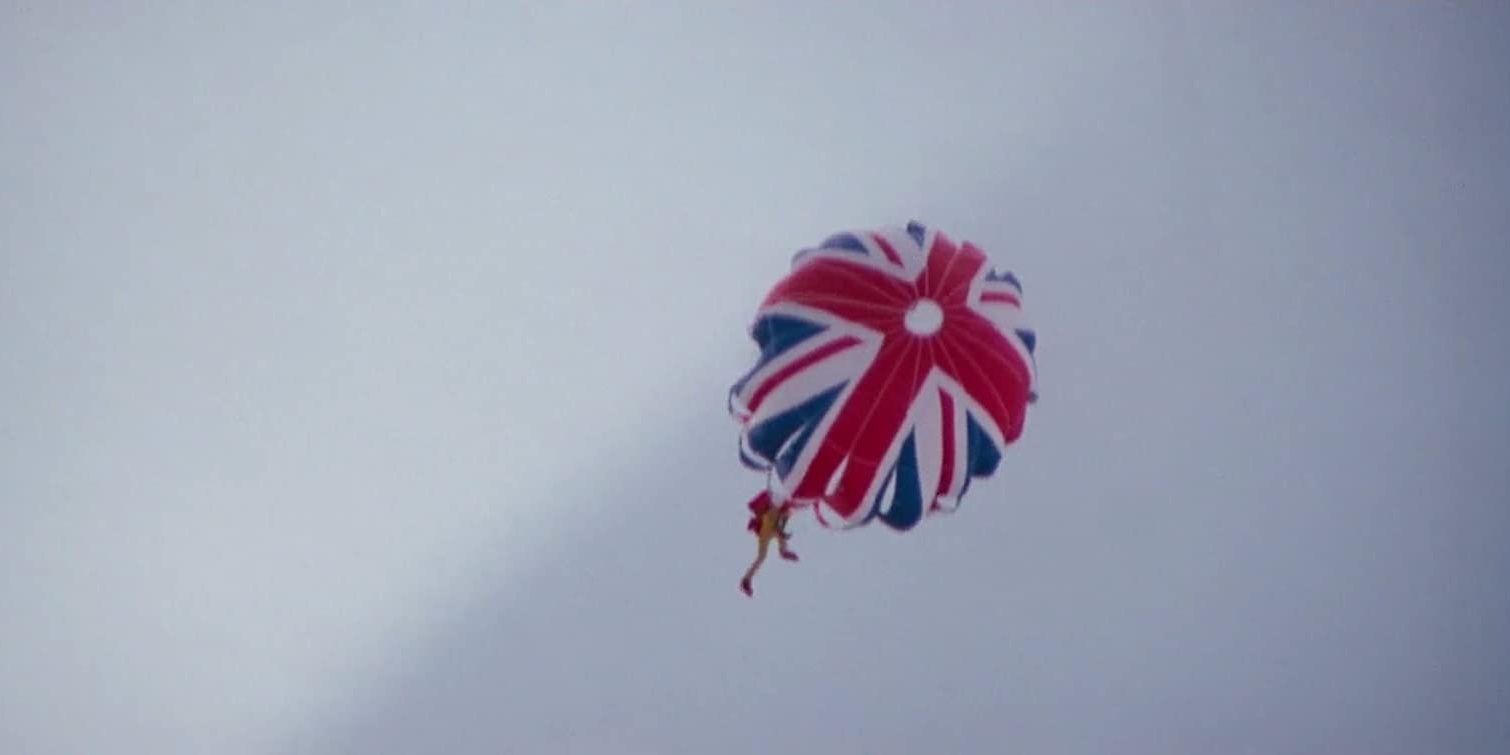
Christopher Nolan has often said that he’d love to direct a Bond movie, and he’s currently working on his first foray into the spy genre, Tenet. Nolan said that 007’s 1977 outing The Spy Who Loved Me is “one of the first films I remember seeing.”
He explained, “The Bond films fixed in my head as a great example of scope and scale in large-scale images…In The Spy Who Loved Me, the Lotus Esprit turns into a submarine and it’s totally convincing, and it works and you go, ‘Wow, that’s incredible.’”
The Thin Red Line (1998)
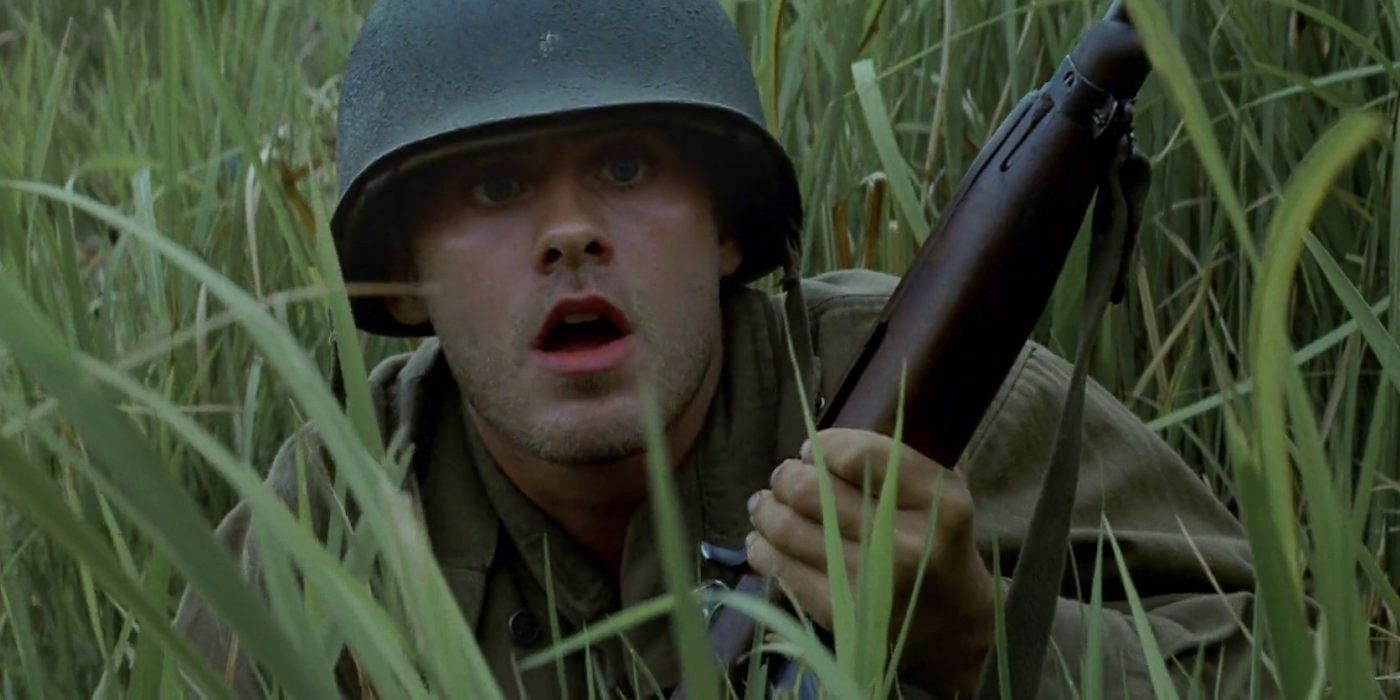
The way that Christopher Nolan depicted flashbacks and memories in Memento was hugely influenced by Terrence Malick’s rule-defying, boundary-busting editing in The Thin Red Line.
“If you watch The Thin Red Line, that was a revelation to me,” Nolan explained. “[Malick]’s cutting to memories and flashbacks with simple cuts; there are no wavy lines or dissolves. There are moments [in Memento] where Guy [Pearce]’s character is remembering his wife that were taken very much from that film.”
Superman: The Movie (1978)
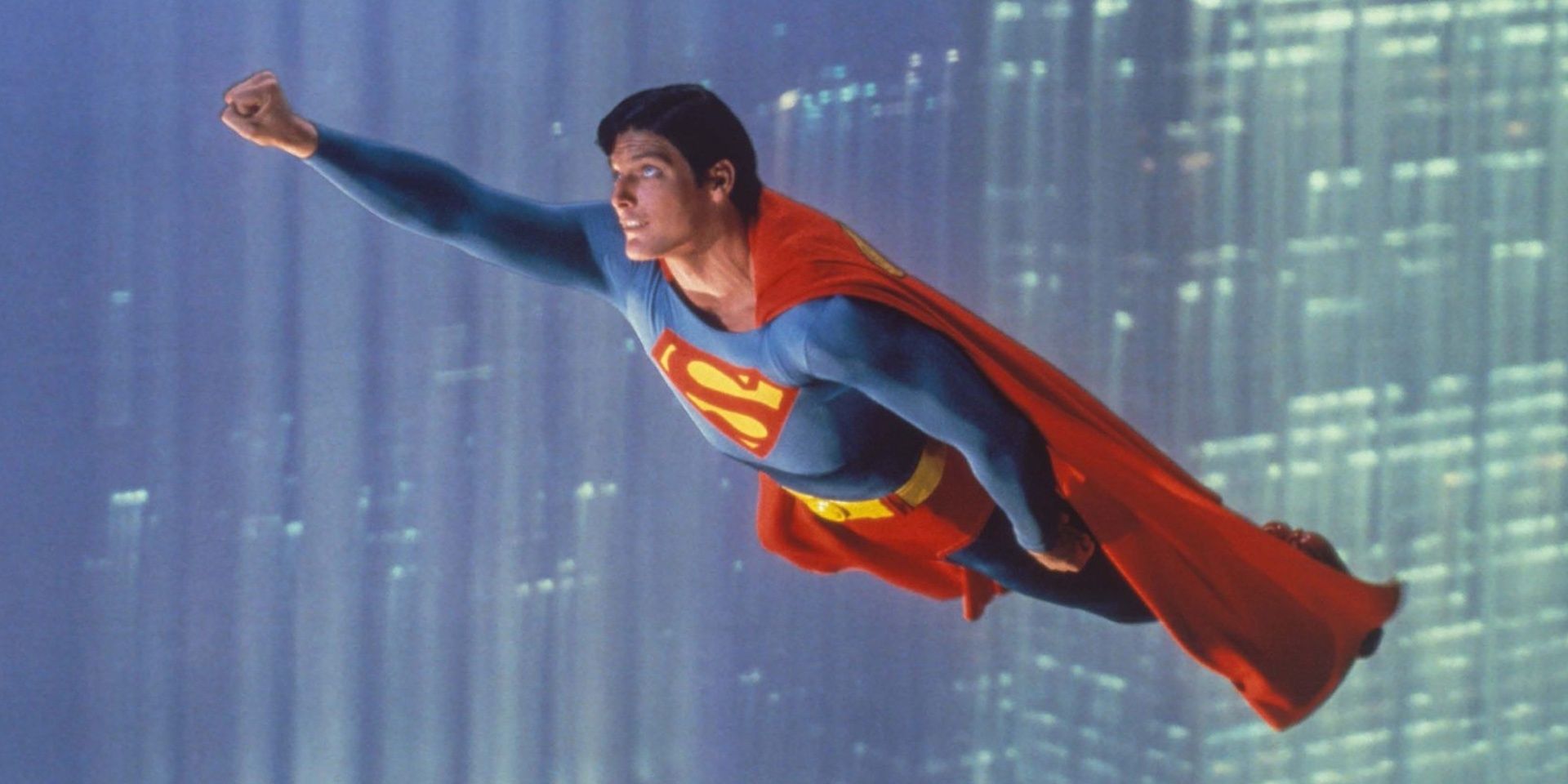
A big influence on the realistic tone of Christopher Nolan’s Batman trilogy was actually Richard Donner’s first Superman movie, which had a profound effect on Nolan when he saw it as a child.
Nolan said, “The world is pretty much the world we live in, but there’s this extraordinary figure there, which is what worked so well in Dick Donner’s Superman film.”
The Battle Of Algiers (1965)
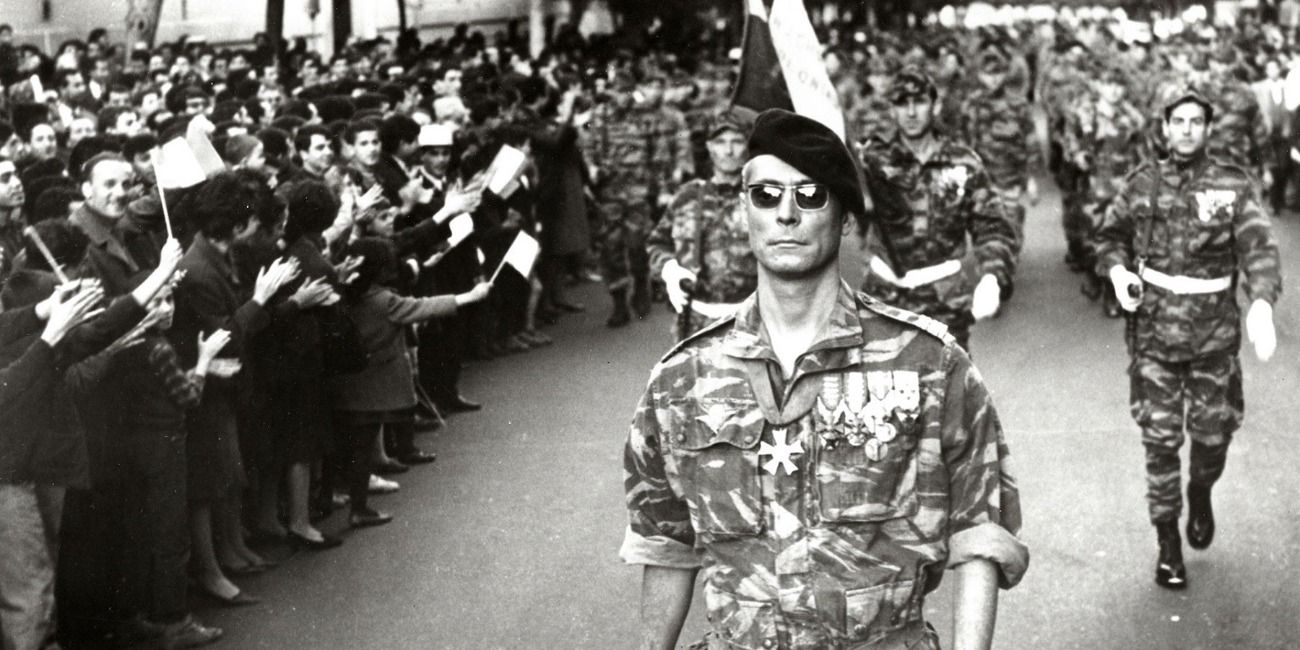
When discussing the influences on Dunkirk, Christopher Nolan mentioned one of the cornerstones of his inspiration being Gillo Pontecorvo’s The Battle of Algiers.
Nolan has described the movie as “a timeless and affecting verité narrative, which forces empathy with its characters in the least theatrical manner imaginable. We care about the people in the film simply because we feel immersed in their reality and the odds they face.”
Heat (1995)
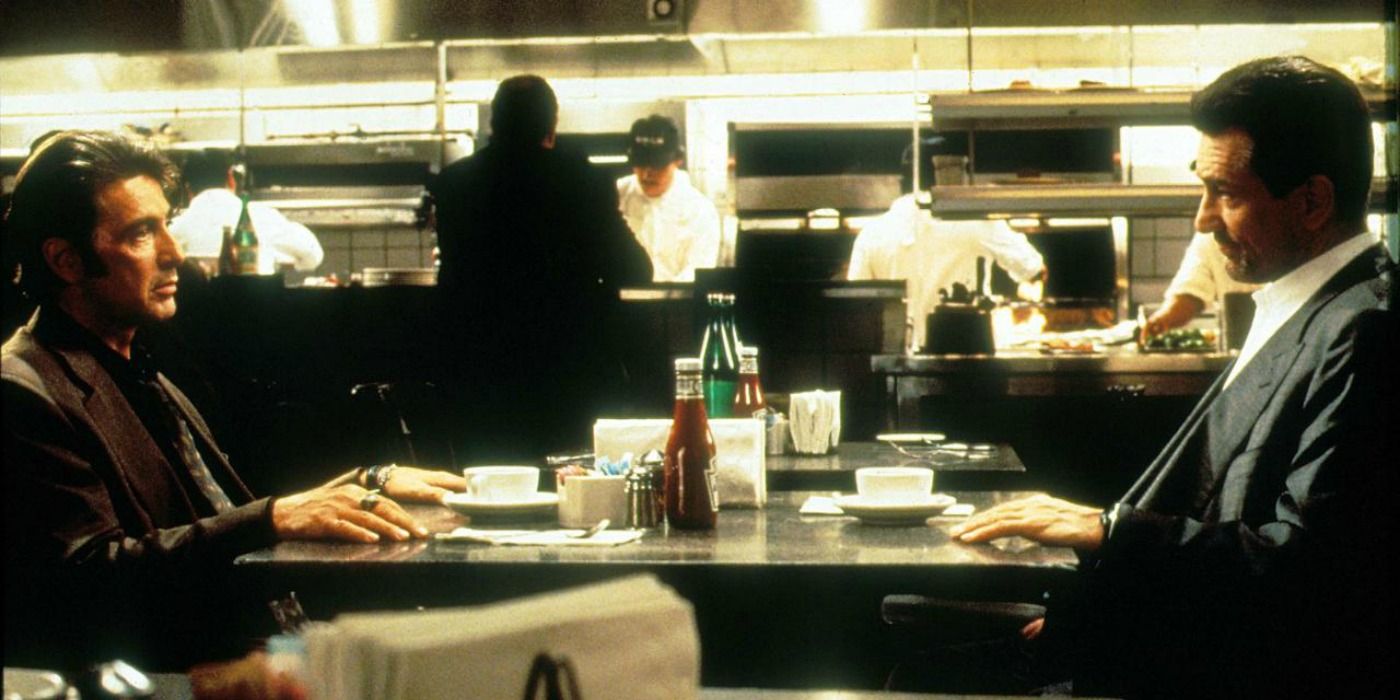
After Batman Begins depicted Gotham City as a glitzy metropolis similar to Tim Burton’s gloomy, expressionistic take on the setting, Christopher Nolan went with a grittier, more realistic portrayal of Gotham in The Dark Knight. As a whole, The Dark Knight is a study of the moral gray areas that arose from the struggle to maintain law and order in the American city.
In this regard, Nolan was heavily influenced by Michael Mann’s action epic Heat, a sprawling cat-and-mouse thriller set across a sumptuous cinematic representation of Los Angeles.
Lawrence Of Arabia (1962)
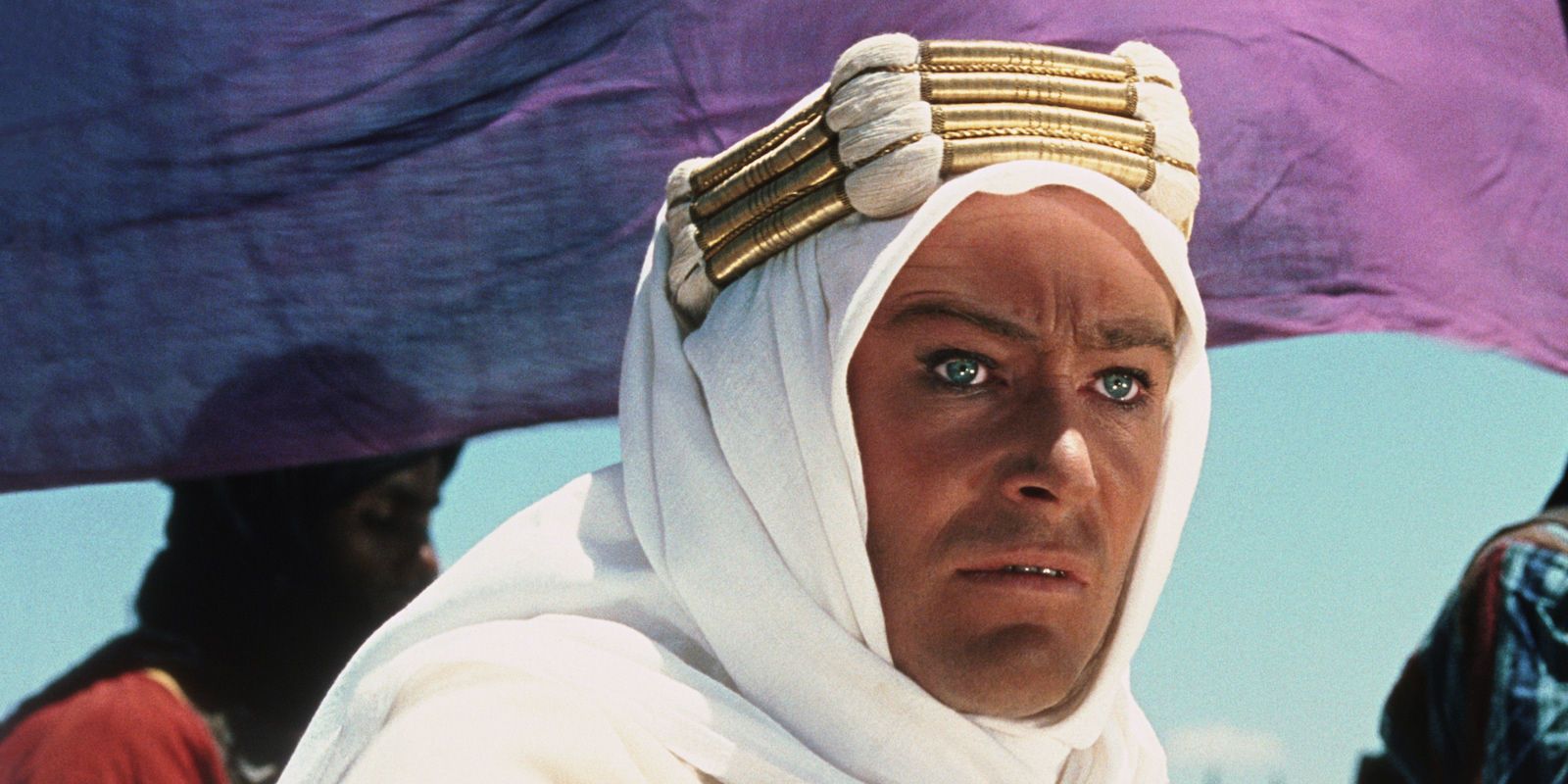
In his steadfast defense of shooting on film as opposed to shooting digitally, Christopher Nolan points to “the very subtle shadow detail and the particular tonality of skies” in David Lean’s cinematic masterwork Lawrence of Arabia.
Nolan’s use of gargantuan wide shots – usually achieved using IMAX cameras – to transport audiences to another world has clearly been inspired by Lean’s use of super-wide lenses on this movie.
Star Wars (1977)
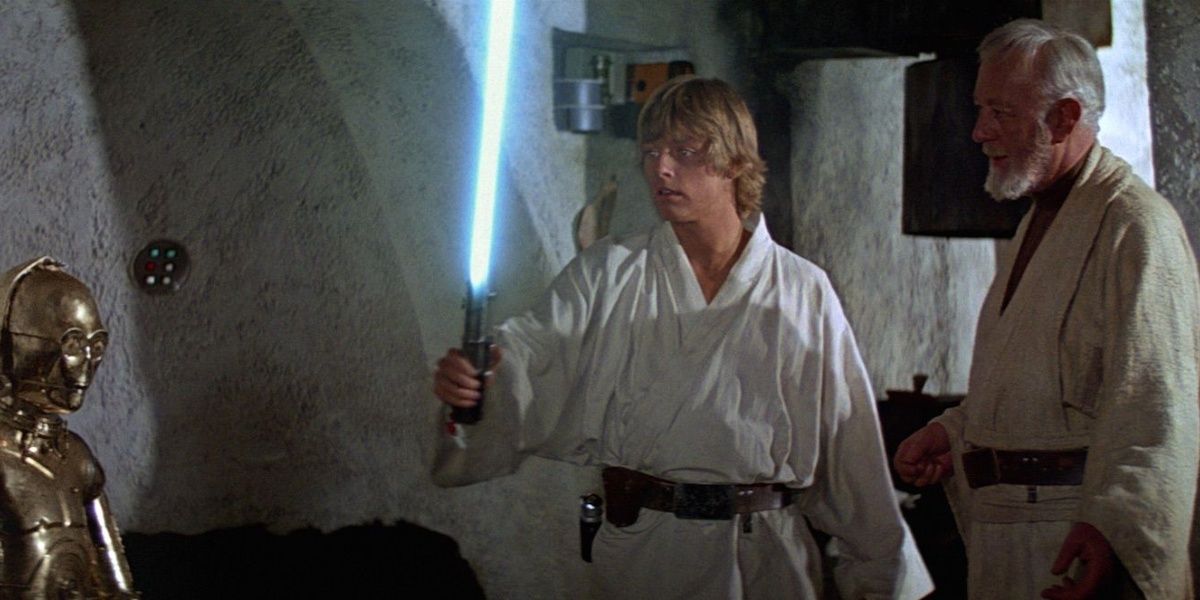
Like pretty much every aspiring filmmaker of his generation, Christopher Nolan’s life was changed by a childhood viewing of George Lucas’ Star Wars.
According to Nolan, “That came out in the ‘70s and I’d been experimenting using Super 8 films and stuff. And then from the second I saw Star Wars, everything was spaceships and science fiction.” Star Wars’ “used future” aesthetic was integral in working out the look of Interstellar.
Saving Private Ryan (1998)
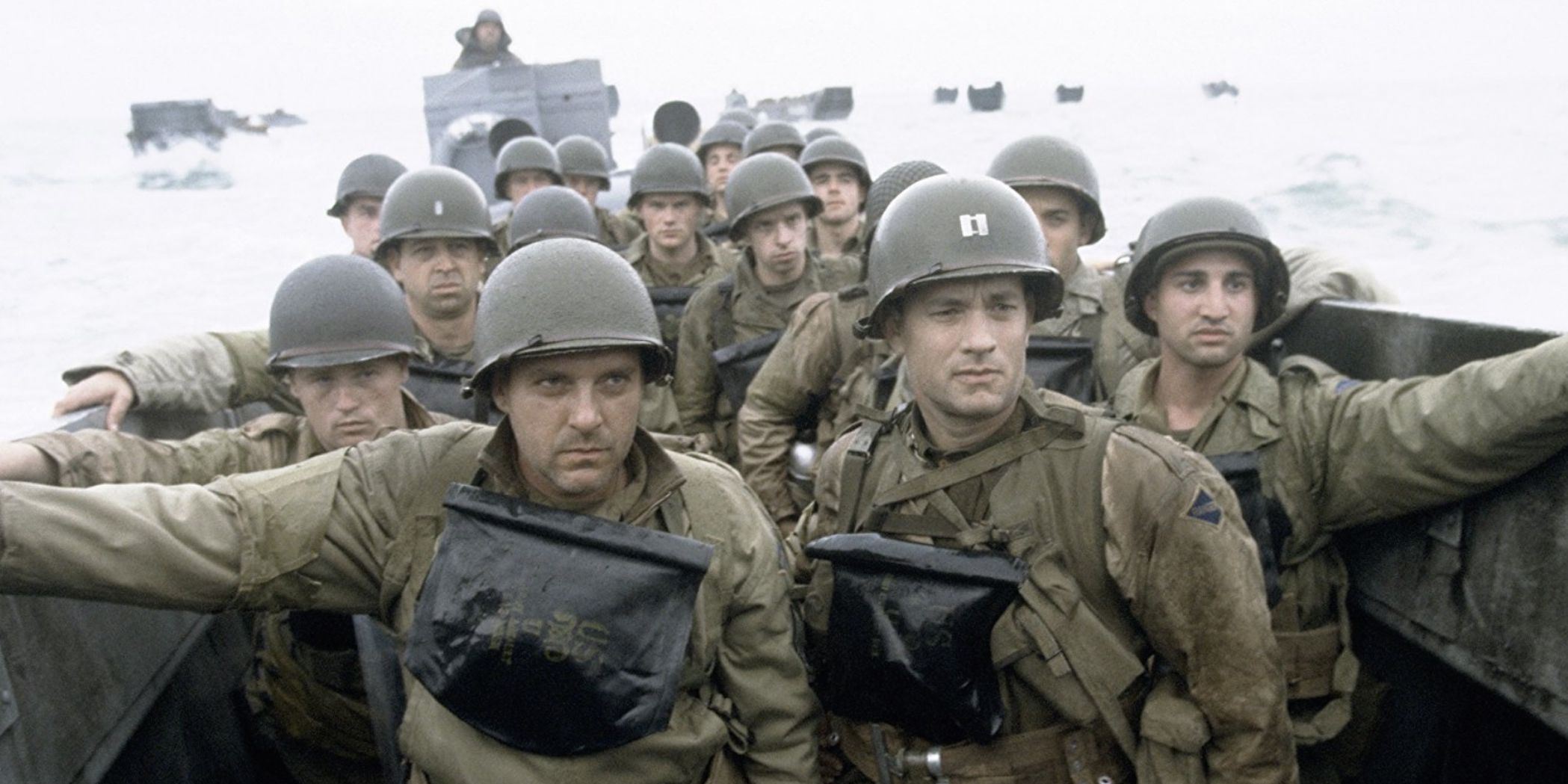
When Christopher Nolan set out to make his own World War II movie, Dunkirk, he worried about competing with Saving Private Ryan, because he considers it to be an untouchable milestone in the genre. Nolan even consulted with its director, Steven Spielberg, before shooting Dunkirk.
Nolan explained, “[Saving Private Ryan] has lost none of its power. It’s a truly horrific opening, and there are later sequences that are horrible to sit through. We didn’t want to compete with that, because it is such an achievement.”
2001: A Space Odyssey (1968)
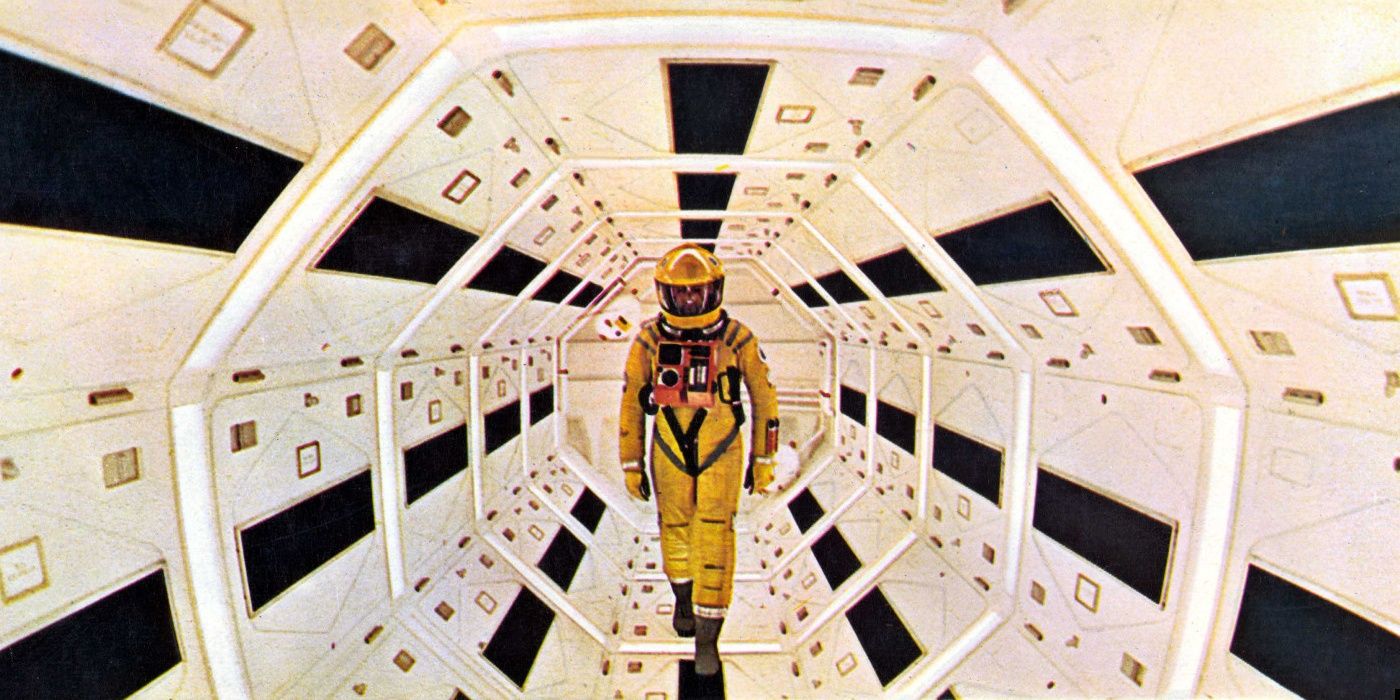
Christopher Nolan was lucky enough to catch Stanley Kubrick’s seminal sci-fi epic 2001: A Space Odyssey on the big screen when he was a kid and says that he “felt this extraordinary experience of being taken to another world.”
Interstellar can be seen quite simply as Nolan’s attempt to emulate the otherworldly, cerebral quality of 2001. Nolan played a key role in taking a restored cut of 2001 across the globe.
